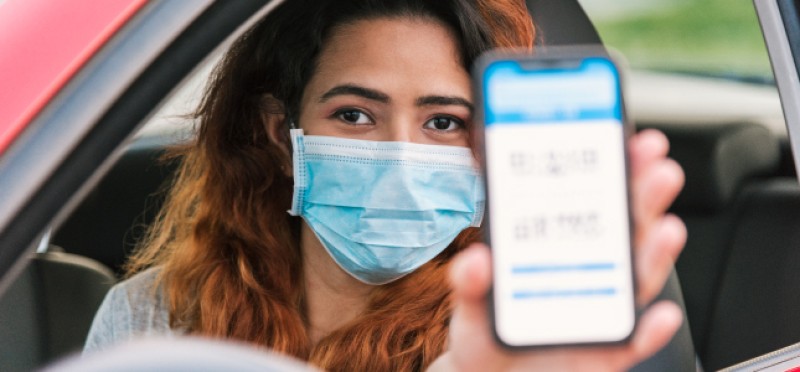Getting the COVID-19 vaccines to constituents in an organized and efficient manner is essential to a successful vaccine rollout and ending the pandemic. Yet, in most areas of the United States, there are numerous gaps in the vaccination experience journey. In a webinar hosted by Governing, “The Last Mile in the Race to Vaccinate America: The Citizen and Patient Experience,” healthcare and customer experience experts from TTEC explored strategies to fill those gaps that state agencies can implement. Here are the key takeaways from the discussion.
Check out our podcast, “CX and COVID-19: A Healthcare Leader’s View” for consumer trust strategies and ideas for maximizing vaccine resources.
Learn how TTEC ensures an organized, demand-based, safe consumer vaccination experience.
Solving the “last mile” problem
As the federal government initiated the vaccine rollout in late 2020, it quickly became evident that it would be up to state health organizations and municipalities to figure out the “last mile” of getting the vaccine to individuals. “That’s where we saw the problems coming in—vaccine spoilage, miles of cars waiting, and a lot of confusion,” said Paul Ignasinski, senior vice president of CX design and value engineering at TTEC.
While there are multiple logistical and supply-side challenges that need to be resolved in the vaccination process, state organizations must also address the vaccine experience issues—fragmented appointment systems, long waits, conflicting and confusing information— if they are to speed up the vaccine rate. Improving the vaccine experience for communities starts with “consistency and message—one source of truth, one place for proactive distribution of information,” said Val Farlow, senior vice president of healthcare global operations at TTEC. “Patients and citizens need one place that they can check [to get the vaccine], in a way that’s easy.”
Such an approach must work across multiple channels (voice, messaging, email, etc.) to accommodate the different ways that people want to receive information, as part of a centralized, end-to-end solution that drives awareness of the vaccine all the way to receiving the shot, Farlow continued.
Ease of use and convenience are critical in order to speed up the vaccination process, Ignasinski agreed. For example, healthcare organizations could send geotargeted ads to consumers for a nearby clinic that is distributing the vaccine and include links to register for an appointment. Approved candidates would receive an appointment reminder as a text message or voicemail and a QR code to quickly check in on the day of the appointment. “This is what we would call an omnichannel environment,” Ignasinski said. “Folks can reach [a healthcare center] by phone, text, email, or any other channel to schedule an appointment.”
Blend digital solutions with human expertise
There are myriad digital tools that can help streamline vaccine distribution, but a human element is also crucial. A combination of modern technology and human expertise is necessary to create the ease of access, single source of information, and flexibility that is needed to meet constituents where they are across different demographic groups and levels of tech savviness, Farlow noted.
“It has to be a solution that serves all constituents in a multichannel and flexible way. There are aging populations and marginalized populations that face technology and/or language barriers that will need a traditional voice channel for at least parts of this process,” she said.
What to look for in a tech partner
To deploy a contact center solution that delivers the flexible and efficient vaccine support that citizens need, government organizations should look for a technology partner that not only “has a flexible multichannel modular solution that you can plug into...but also a partner that can truly execute on a rapid deployment model,” Ignasinski said. Indeed, speed matters, Farlow added. “When it comes to getting shots in arms, hours matter. And I would say look for a scalable and agile partner that can literally stand up a large-scale operation that supports messaging, voice, or a combination, in a matter of hours.”
Ramping up for the new normal
Scientists and medical experts are suggesting that even after the pandemic fades, COVID-19 will still be with us, making annual vaccinations or booster shots necessary. In other words, government and healthcare organizations need to plan for ramping up vaccine resources and staff as part of the new normal. “The point is we need to balance the short-term needs of tamping out the fire,” Ignasinski noted, “in a way that becomes more fluid on a long-term basis.”















